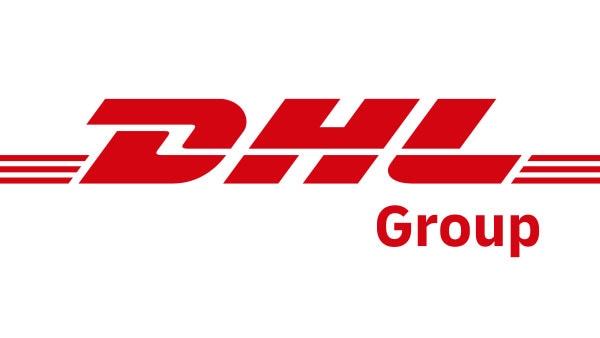Replacing DHL's backbone with "core network"
DHL Group has worked directly with Cisco to overhaul its global network as part of its Core Network Project. The project aims to restructure service delivery to the global business units around seven regional points of presence with the goal of enhancing global connectivity, more effectively managing network traffic, and implementing intelligent routing for specific services.
Phase one of the network upgrade saw the replacement of DHL's Multiprotocol Label Switching (MPLS) backbone with point-to-point circuits and Cisco ASR 9000 Series Aggregation Services Routers, with phase two introducing Cisco Catalyst SD-WAN. The integrated backbone and SD-WAN effectively work to provide enhanced access to cloud and internet services.
"We have a good track record with Cisco," says Pyles. "Cisco helped craft some of our telecom standards, which has helped the Group's IT Services division deliver consistent and robust network services. We view Cisco as best of breed, particularly the features of the 9000 routers, which made it an easy decision. It's a perfect fit."
The closeness of DHL Group's working relationship with Cisco was crucial in planning the network design. "It took a little time to get there but it was worth it, given the importance of the project," Pyles adds. "We've had a great deal of encouragement from senior leadership within the Group. They appreciate the strategic significance of what we're doing."
Supporting a global enterprise with resilience and scale
Cisco's approach establishes a multiregional network fabric. DHL Group now has software-defined cloud interconnect through Cisco SD-WAN Cloud Interconnect with Equinix in the Americas, Europe, and Asia. This integration enables the Group to lessen its reliance on using data centers as communication hubs and vastly reduce costs per Mbps in bandwidth.
The difference for users is "night and day," according to Pyles. In the 20 months following the network upgrade, there have been no service disruptions. "Believe me, our business units would be very quick to let me know if there was an outage—and how much it is costing them."
Confidence in the core network has accelerated the adoption of software as a service (SaaS)—particularly a global rollout of Microsoft Office 365. In turn, positive user sentiment strengthens confidence in a cloud-first future for the Group's business units.
The ASR 9000 Series Aggregation Service Routers serve as the Group's core routing platform, providing increased capacity and decreased power consumption per Gbps compared to the previous infrastructure. This further advances DHL's sustainability efforts. Additionally, the Group now operates from some of the world's most efficient Equinix data centers.
"This was not a cost-cutting exercise, though we have saved money," explains Pyles. "We have replaced a static service that was complicated to support and upgrade with a network from Cisco that is resilient, efficient, and capable of scaling as required. It's been a wonderful success."
Intelligent routing, stronger security
The next challenge is to adopt Internet Protocol version 6 (IPv6). Pyles says this a major project, but Cisco will be alongside throughout.
"Cisco [Services'] contributions to Core Network and IPv6 have been vitally important to our business resiliency objectives and underscore the strength of our collaboration," concludes Pyles. "IPv6 will make DHL Group a much more efficient consumer of cloud-based services and improve our internal network hygiene tremendously."

